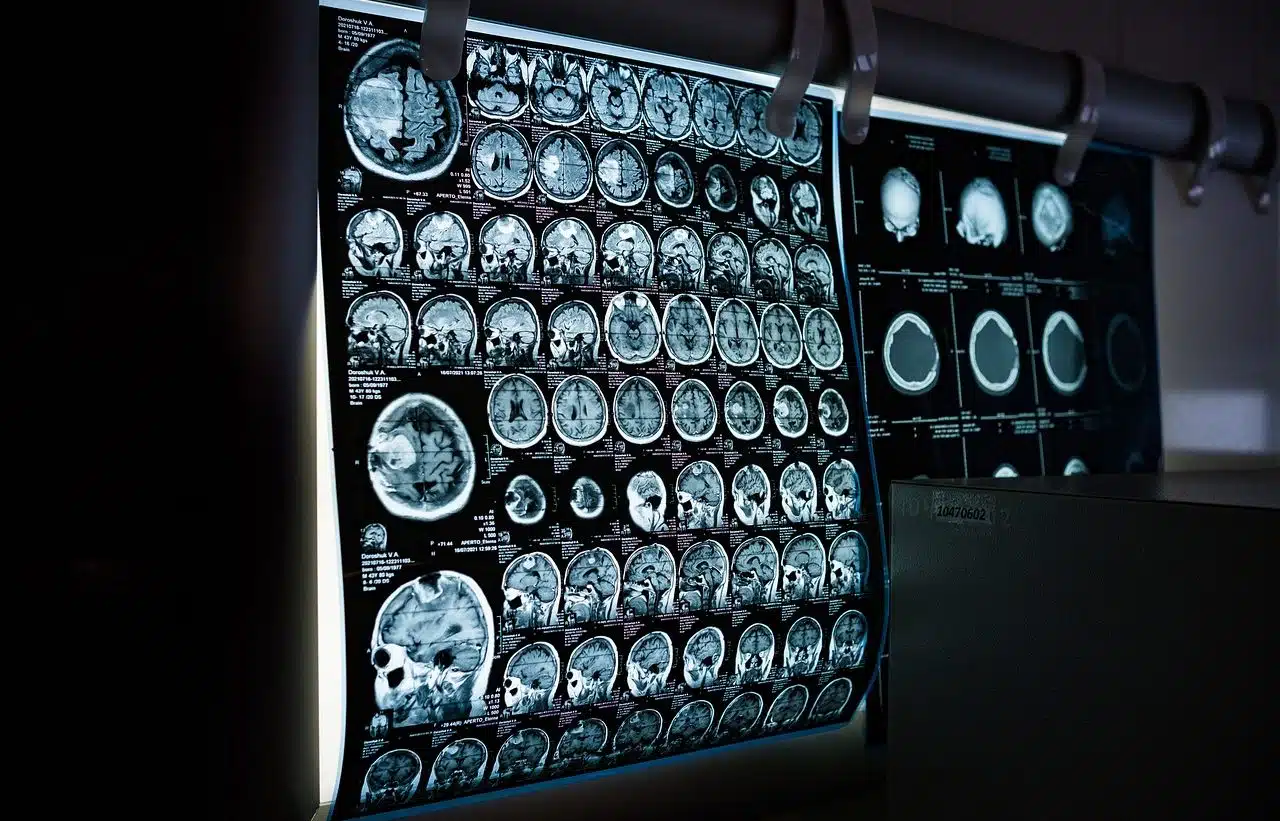
An MRI is a technique used in medicine to perform diagnostic studies.
A magnetic resonance is a physical process that occurs when the atoms of a material absorb energy when subjected to certain frequencies of a magnetic field.
The notion is also used to name the medical technique that, using this process, allows internal images of the human body to be obtained . From these images, doctors are able to detect various disorders and make a diagnosis .
Magnetic resonance imaging, a non-invasive technique
Magnetic resonance imaging , in this sense, is considered a non-invasive technique , since it does not require the introduction of tools or elements into the body nor does it have consequences for the patient. The information obtained through magnetic resonance imaging is converted into images on a computer, allowing the professional to observe, in this way, the inside of the body.
What this technique does is generally appeal to the hydrogen nuclei that are part of the water in the body. Based on the magnetization of these nuclei and their alignment using magnetic fields, a scanner allows these signals to be detected and then converted into images of the interior of the organism.

Magnetic resonance appeals to the magnetization of hydrogen nuclei.
Differences with computed tomography
The MRI machine, therefore, does not use radiation as does computed tomography studies.
In MRI, a tunnel-shaped magnet is used: the patient enters the tunnel where, using radio waves, the atoms are acted upon by manipulating their magnetic position. This work is recorded by a scanner and analyzed by a computer to generate images. It should be noted that the process does not cause any pain in the person.
Other relevant facts about MRI
In addition to all this data, it is also important to know other relevant aspects of MRIs:
- Thanks to the fact that they allow us to know certain parts of the body in more depth than with ultrasounds or x-rays, they become a great tool when it comes to making deeper and more exhaustive diagnoses of the circulatory system, the brain or even the eyes, for example. .
- In the same way, it is important to know that the images obtained can be converted, when required, into three-dimensional photographs.
- They are very useful to discover what problems are affecting soft tissues such as cartilage, tendons and ligaments.
Requirements for its realization
In order to perform an MRI on a person and for the images obtained to be those expected to make a diagnosis, it is important that the person does not carry any type of metallic object (because they can cause white spots on the film in question and generate magnetic fields). strong) and that it does not move under any circumstances .
Keeping them still is complicated when it comes to babies and children, so it may happen that the professionals who perform the test can determine the need to sedate them and thus they remain asleep during the test. Of course, to do this beforehand, they will consult their parents who do not have any type of allergy and will ask that the minors not eat or drink anything during the hours prior to the MRI.
